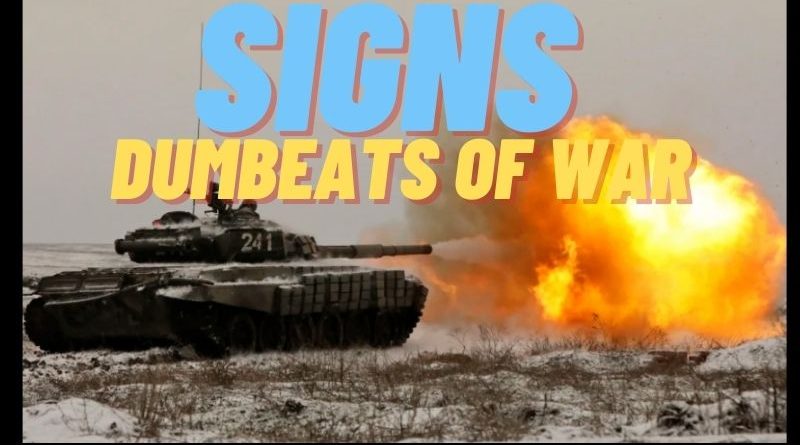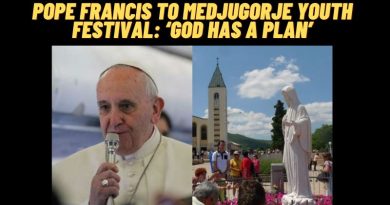Drumbeats of War: Russia toughens its posture amid Ukraine tensions
The State Department has ordered families of U.S. Embassy personnel in Ukraine to begin evacuating the country as soon as Monday, U.S. officials tell Fox News.
Next week, the State Department is also expected to encourage Americans to begin leaving Ukraine by commercial flights, “while those are still available,” one official said.
Late Friday night, the U.S. Embassy in Ukraine announced the first shipment of ammunition had arrived as directed by President Biden.
MOSCOW (AP) — With tens of thousands of Russian troops positioned near Ukraine, the Kremlin has kept the U.S. and its allies guessing about its next moves in the worst security crisis to emerge between Moscow and the West since the Cold War.
Amid fears of an imminent attack on Ukraine, Russia has further upped the ante by announcing more military drills in the region. It also has refused to rule out the possibility of military deployments to the Caribbean, and President Vladimir Putin has reached out to leaders opposed to the West.
The military muscle-flexing reflects a bold attempt by the Kremlin to halt decades of NATO expansion after the end of the Cold War. In talks with the United States, Russia demands legally binding guarantees that the alliance will not embrace Ukraine and other former Soviet nations, or place weapons there. It also wants NATO to pull back its forces from countries in Central and Eastern Europe that joined the alliance since the 1990s.
Putin pointed to NATO drills with the Ukrainian military, increasingly frequent visits of the alliance warships in the Black Sea and the flights of U.S. bombers near Crimea to emphasize the urgency of Russia’s security demands. He argued that by creating training centers in Ukraine, Western powers can establish a military foothold there even without its joining NATO.
“We have nowhere to retreat,” Putin said. “They have taken it to the point where we simply must tell them: ‘Stop!’”
Russia, which annexed Ukraine’s Crimean Peninsula in 2014, has denied it intends to attack its neighbor. Last year, however, Putin issued a stark warning that an attempt by Ukraine to reclaim control of the areas in the east controlled by Russia-backed separatists would have “grave consequences for Ukrainian statehood.”
While Ukrainian authorities denied planning such offensive, U.S. intelligence officials concluded that Russia had already deployed operatives to carry out acts of sabotage in the rebel east and blame them on Ukraine in a “false-flag operation” to create a pretext for possible invasion. Russia has rejected the claim as “total disinformation.”
Putin has repeatedly asserted that Russians and Ukrainians are “one people,” and says large chunks of Ukrainian territory are historic parts of Russia — arbitrarily granted to Ukraine by Communist leaders during Soviet times.
Over 14,000 people have been killed in nearly eight years of fighting in Ukraine’s industrial heartland called the Donbas, where the Moscow-supported insurgency erupted shortly after the annexation of Crimea. A 2015 peace deal brokered by France and Germany helped end large-scale battles, but a political settlement has stalled, and frequent skirmishes have continued along the tense line of contact.
In early 2021, a spike in cease-fire violations in the east and a Russian troop concentration near Ukraine ignited the invasion fears, but tensions abated when Moscow pulled back the bulk of its forces after maneuvers in April.
The military buildup near Ukraine resumed in the fall, with Ukrainian and Western officials warning that the increasing troop concentration could herald a multipronged Russian attack.
Putin noted with satisfaction that Russia has caused a “certain stress” in the West. “It’s necessary to keep them in that condition for as long as possible,” he said in November, ordering his diplomats to push for binding guarantees against NATO expansion.
read full story here





